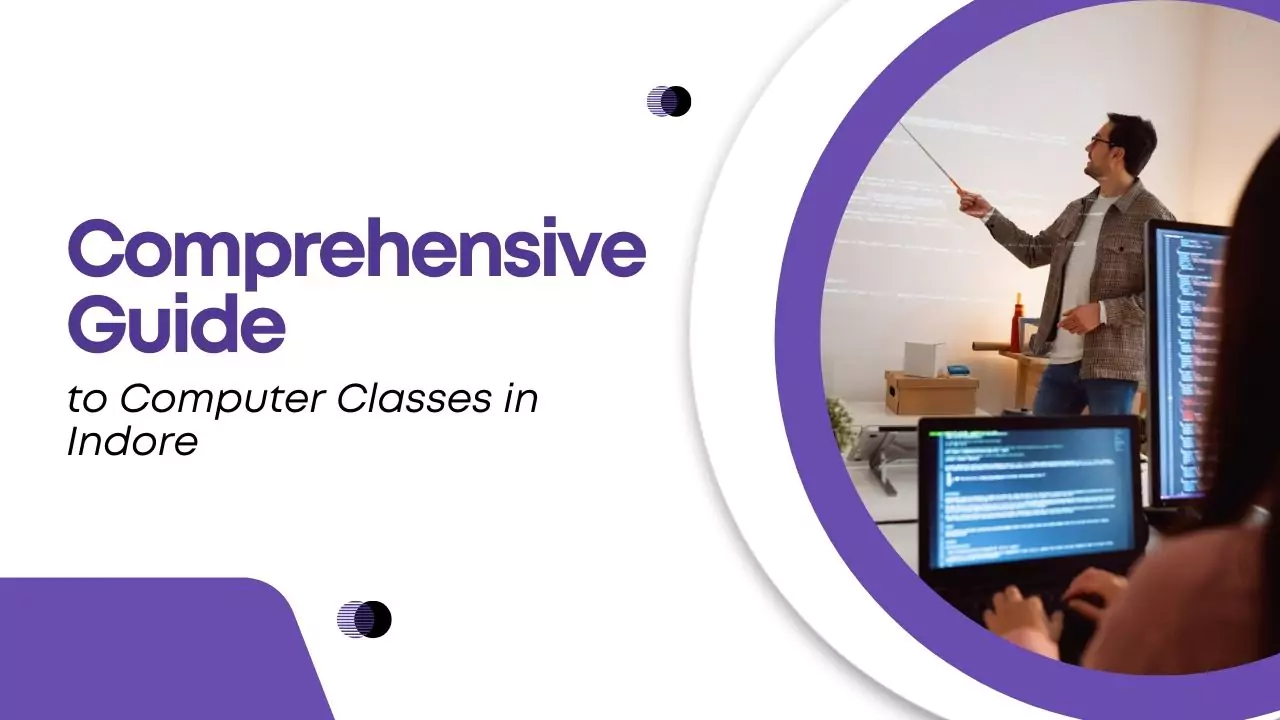In today’s rapidly evolving tech industry, Python full stack developers are in high demand. They bridge the gap between front-end and back-end development, creating seamless user experiences and functional, data-driven applications. If you’re aiming to build a career in this field, this guide will walk you through the skills, job opportunities, and best practices to become a successful Python full stack developer.
What Does a Python Full Stack Developer Do?
A Python full stack developer is responsible for developing both client-side (front-end) and server-side (back-end) components of a web application. This includes building interactive interfaces, managing databases, and ensuring the application runs smoothly. With the flexibility of Python, developers can work across different industries, from fintech to healthcare.
Essential Skills for Python Full Stack Developers
To thrive as a Python full stack developer, you’ll need a combination of technical skills:
- Proficiency in Python Frameworks: Django and Flask are popular frameworks that streamline back-end development. Their built-in features and scalability make them ideal for complex applications.
- Front-End Technologies: Knowledge of HTML, CSS, JavaScript, and front-end frameworks like React or Angular is crucial for building user-friendly interfaces.
- Database Management: Understanding databases like MySQL, PostgreSQL, and MongoDB is necessary for data storage and retrieval.
- Deployment Tools: Tools like Docker for containerization and cloud platforms like AWS for hosting applications are key for efficient deployment.
Tip: To further enhance your skills, explore our Full Stack Developer Course at at Futuristic Coding Academy for hands-on learning and project experience.

How Much Do Python Full Stack Developers Earn in India?
In India, Python full stack developers enjoy lucrative salaries, ranging from ₹5-8 lakhs per annum for entry-level positions to ₹10-20 lakhs for more experienced roles. The demand for skilled full stack developers is rising, and salaries can vary depending on factors like location, industry, and expertise.
What Are the Core Responsibilities of a Python Full Stack Developer?
A Python full stack developer handles various tasks, including:
- Front-End Development: Building responsive and interactive interfaces using HTML, CSS, JavaScript, and libraries like React.
- Back-End Development: Writing server-side logic using Python frameworks such as Django or Flask.
- Database Management: Implementing and managing databases to store and process data efficiently.
- API Integration: Connecting the front-end with the back-end using APIs to ensure seamless data flow.
- Testing and Debugging: Conducting tests to identify and fix bugs, ensuring the application performs optimally.
Top Tools and Frameworks for Python Full Stack Development
- Front-End: React, Angular, Vue.js – These frameworks simplify UI creation and improve user experience.
- Back-End: Django, Flask – These Python frameworks provide a robust foundation for developing scalable web applications.
- Version Control: Git – Essential for tracking changes and collaborating on projects.
- Deployment: Docker, AWS – For containerization and cloud-based hosting.
Additional Reading: Explore our blog on Full Stack Web Development Roadmap for an in-depth guide to building a strong foundation.
How to Kickstart Your Career as a Python Full Stack Developer
- Master the Basics: Start with Python programming fundamentals. Online courses and coding bootcamps can help you get started.
- Learn Front-End Development: Understand how to use HTML, CSS, and JavaScript to create visually appealing websites.
- Dive into Back-End Frameworks: Gain expertise in Django or Flask for building server-side logic.
- Build Projects: Showcase your skills by building full-stack projects. This demonstrates your practical knowledge to potential employers.
- Version Control with Git: Learn Git for managing code versions and collaborating with other developers.
- Network and Apply for Jobs: Engage with online communities, attend meetups, and apply for Python developer roles on job portals.

Building Your First Full Stack Application: A Step-by-Step Guide
- Define the Application Requirements: Outline your application’s purpose and features.
- Front-End Development: Design the UI using HTML, CSS, and JavaScript. Use frameworks like React or Vue.js for better efficiency.
- Back-End Development: Implement server-side logic using Python frameworks (Django, Flask) and connect to databases.
- Integrate Components: Use APIs to integrate the front-end and back-end seamlessly.
- Testing and Deployment: Test the application thoroughly and deploy it on cloud platforms like AWS or Heroku.
Quick Tip: Check out our article on Full Stack Developer Projects for project ideas to showcase in your portfolio.
Which Companies Are Hiring Python Full Stack Developers in India?
Top companies, including Infosys, TCS, Wipro, and Accenture, are actively hiring Python full stack developers. Startups and MNCs alike look for candidates with hands-on experience in building dynamic web applications.
Getting a Python Full Stack Job Without a Degree: Is It Possible?
Absolutely! The tech industry values skills and experience over formal education. Here’s how to land a job:
- Build a Portfolio: Showcase projects that demonstrate your problem-solving skills.
- Contribute to Open-Source: Engage with the developer community by contributing to open-source projects.
- Tailor Your Resume: Highlight your Python projects and use job-relevant keywords.
Stat: According to recent surveys, around 35% of developers have landed jobs without a formal degree. 【source】
Overcoming Challenges in Python Full Stack Development
Managing both front-end and back-end complexities can be challenging. Best practices include:
- Continuous Learning: Stay updated with new technologies and frameworks.
- Project Management: Use tools like Trello or Jira for efficient task management.
- Code Quality: Follow coding standards and practices to maintain clean and readable code.

Conclusion: Your Path to Becoming a Successful Python Full Stack Developer
Embarking on the journey to becoming a Python full stack developer requires dedication and continuous learning. With the right skill set, hands-on project experience, and knowledge of best practices, you can secure a high-paying job in this field.
Frequently Asked Questions
What is the average salary of a Python full stack developer in India?
Entry-level salaries range from ₹5-8 lakhs per annum, with experienced professionals earning up to ₹20 lakhs.
Which frameworks are best for Python full stack development?
Django and Flask for back-end; React, Angular, and Vue.js for front-end.
How long does it take to become a Python full stack developer?
With dedicated learning, you can acquire the necessary skills in 6-12 months.
Can I become a Python full stack developer without a degree?
Yes, skills and experience are often more valuable than formal education.
What projects should I build to showcase my skills as a Python full stack developer?
E-commerce websites, blogs, and dynamic web applications are great portfolio additions






